Feeding a dog should be simple—fill the bowl, and they dig in. But for some breeds, mealtime can be a frustrating challenge. Picky eater dogs are known for turning up their noses at food, preferring to eat only when they feel like it, or demanding a specific diet. While occasional fussiness is normal, certain breeds have a reputation for being selective, sensitive, or stubborn about food choices.
Some dogs are picky due to small appetites, sensitive stomachs, or strong preferences for texture and taste. Others may refuse food due to their independent nature, slow metabolism, or a history of being spoiled with too many treats. Understanding which breeds are more prone to picky eating can help owners choose the right diet and feeding strategy to keep their pups healthy and well-fed.
Here are seven dog breeds that are notoriously selective eaters, along with insights into why they can be so finicky.
Picky Eater Dog Breeds
1. Yorkshire Terrier

According to the AKC, Yorkshire Terriers are small dogs but full of personality—and that extends to their eating habits. Known for their tiny stomachs and delicate appetites, Yorkies often turn away from food that doesn’t meet their high standards.
One of the biggest reasons Yorkies are picky eaters is their tendency to develop strong food preferences. They may refuse to eat anything else if they get used to a certain texture, flavor, or even temperature. Owners who frequently offer table scraps or switch foods too often may reinforce this behavior, making Yorkies even more selective.
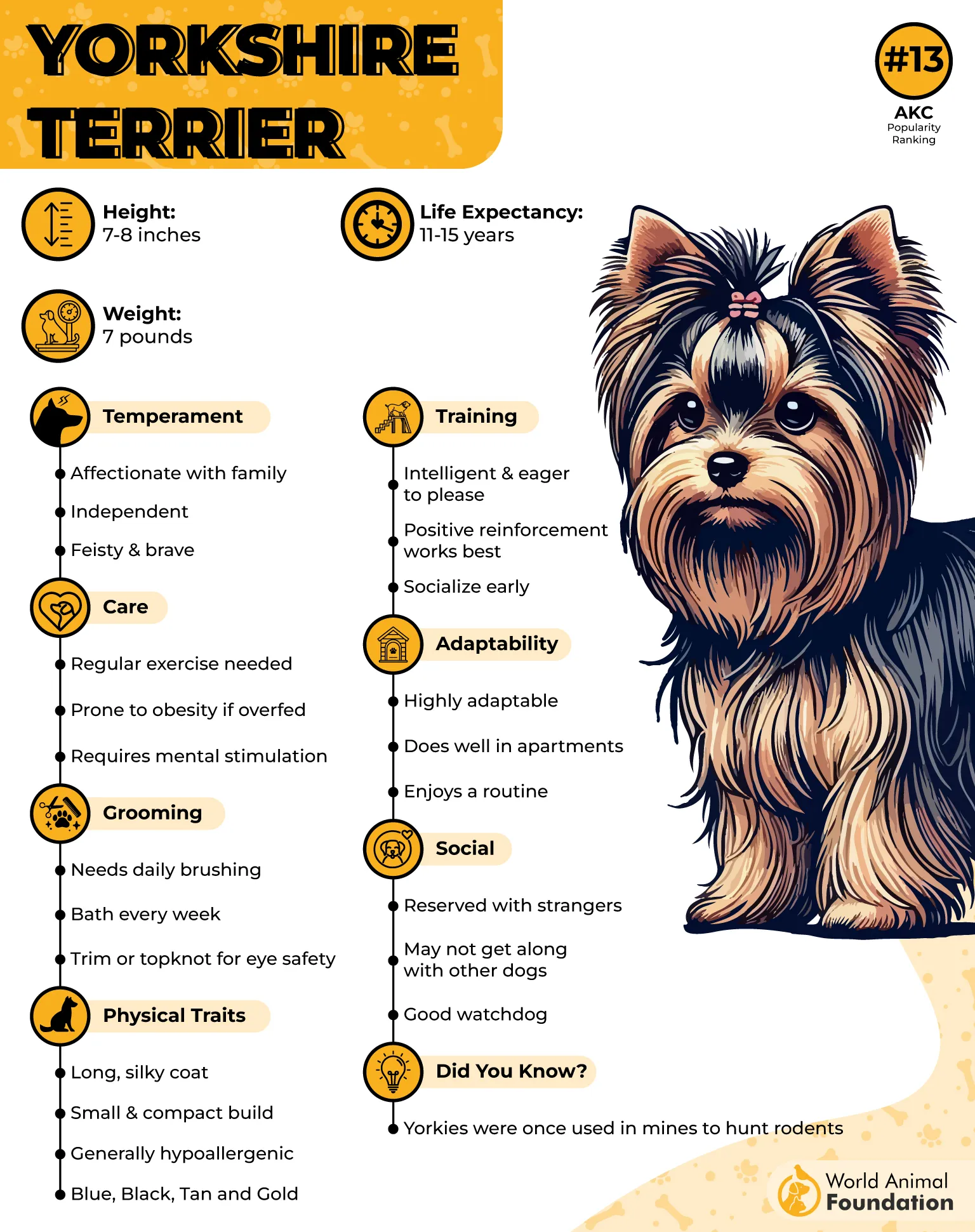
Physically, their small jaws and fine teeth make it harder for them to chew large kibble or tough textures. Many Yorkies prefer soft, moist food or small-sized kibble that’s easier to eat. Dry, hard food may discourage them from eating altogether.
Yorkies are also prone to digestive sensitivities and hypoglycemia, meaning they need consistent, high-quality meals to maintain energy levels. If they go too long without eating, they may become weak or shaky, making feeding even more challenging.
To keep a Yorkie interested in food, owners may need to stick to a consistent feeding schedule, avoid excessive treats, and offer a variety of healthy, dog-safe options to find what works best.
2. Shih Tzu

Shih Tzus are known for their independent streak, and that extends to mealtime. They often refuse food if it doesn’t appeal to their tastes, making them one of the most notoriously picky breeds.
This breed tends to have a preference for fresh, soft, or homemade meals, turning away from generic kibble or dry food. Some Shih Tzus will only eat if their food is mixed with wet food, broth, or even hand-fed by their owners. This behavior is often reinforced by doting owners who try multiple food options to entice them to eat.
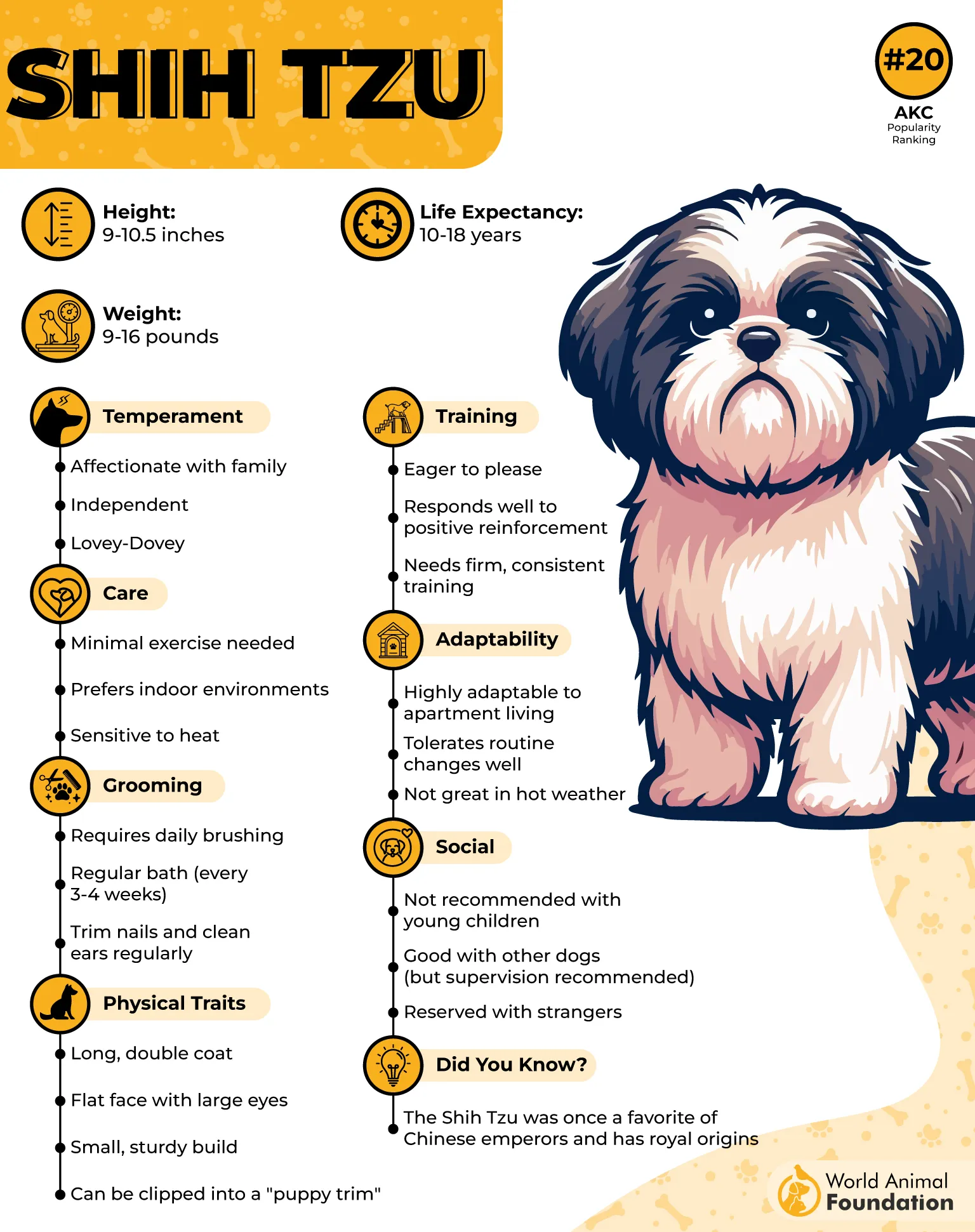
Their short, flat snouts (brachycephalic structure) can also make eating certain foods more difficult. Large kibble or tough textures may be uncomfortable for them, leading them to pick at their meals or eat very slowly.
Shih Tzus can also develop sensitive stomachs, and sudden changes in diet often lead to digestive upset. Because of this, they may refuse unfamiliar foods or take longer to adjust to new diets.
To encourage proper eating habits, it’s best to stick to a routine, avoid excessive hand-feeding, and choose a food that suits their taste preferences and jaw structure.
3. Maltese

The Maltese are a tiny breed with a refined palate, making them one of the most selective eaters among small dogs. They are known for turning away from food if they don’t like the smell, texture, or even presentation.
One reason Maltese dogs can be picky eaters is their preference for high-quality, flavorful meals. They are often drawn to freshly prepared food or diets that contain real meats, while bland kibble or mass-produced formulas may not interest them.
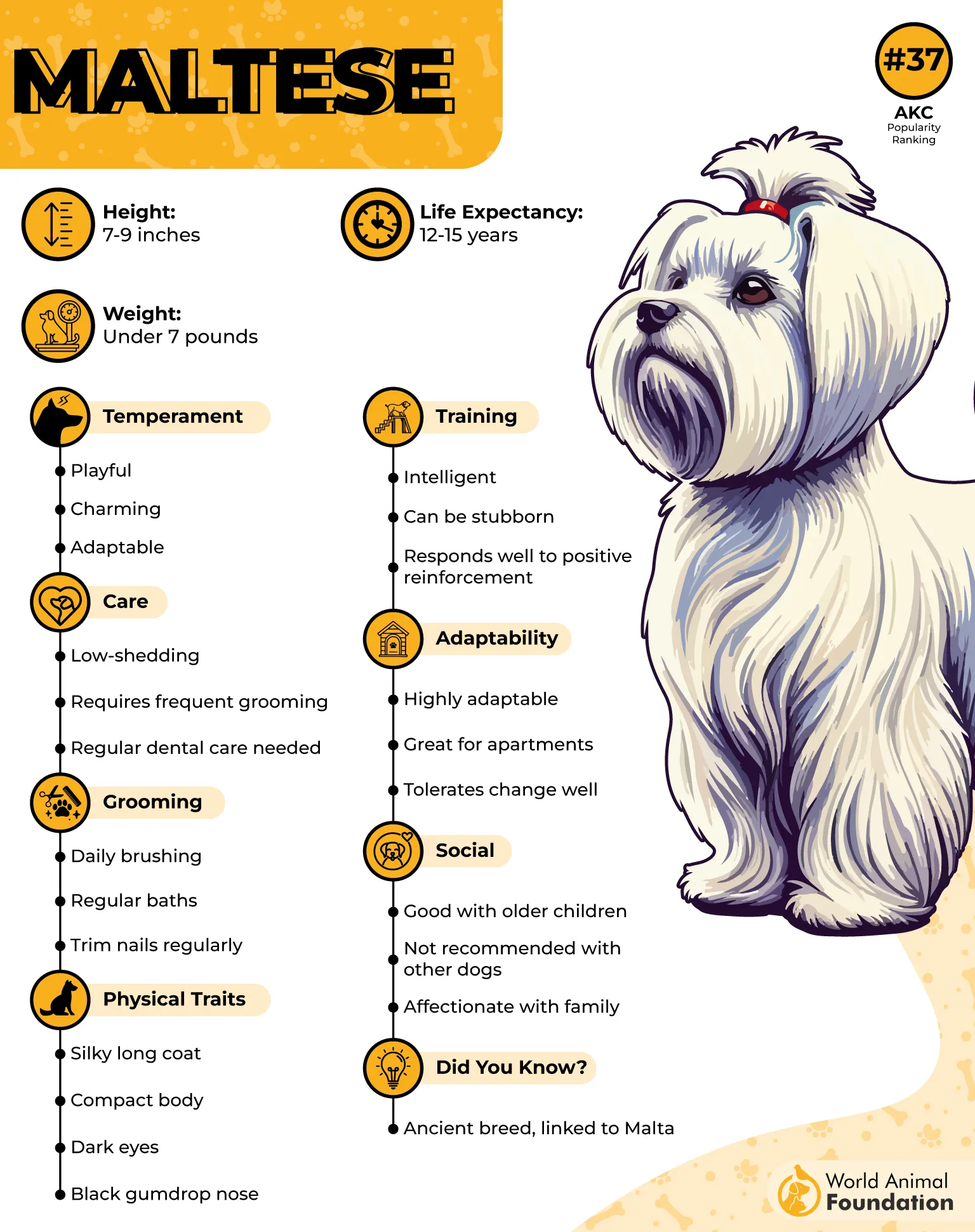
Their small size means they have tiny stomachs, so they may eat only small portions at a time. This can make it appear as if they are picky when in reality, they just need less food than larger breeds.
As per PetMD, Maltese dogs can also suffer from dental issues, which can make chewing harder foods uncomfortable. If they experience discomfort while eating, they may develop an aversion to certain textures and refuse to eat dry kibble altogether.
A good approach for Maltese owners is to stick to a nutritionally balanced, high-quality food with a soft texture, ensuring they get the necessary nutrients without frustration at mealtime.
4. Pekingese

Pekingese are notoriously stubborn eaters, often refusing food simply because they don’t feel like eating. Their independent nature makes them prone to holding out for tastier options, especially if they’ve been spoiled with treats or table scraps.
Their flat faces (brachycephalic skulls) make chewing certain foods difficult. Many Pekingese prefer soft, moist food over hard kibble, as large or tough textures can be uncomfortable to eat. Choosing the right food size and consistency is key to ensuring they eat properly.
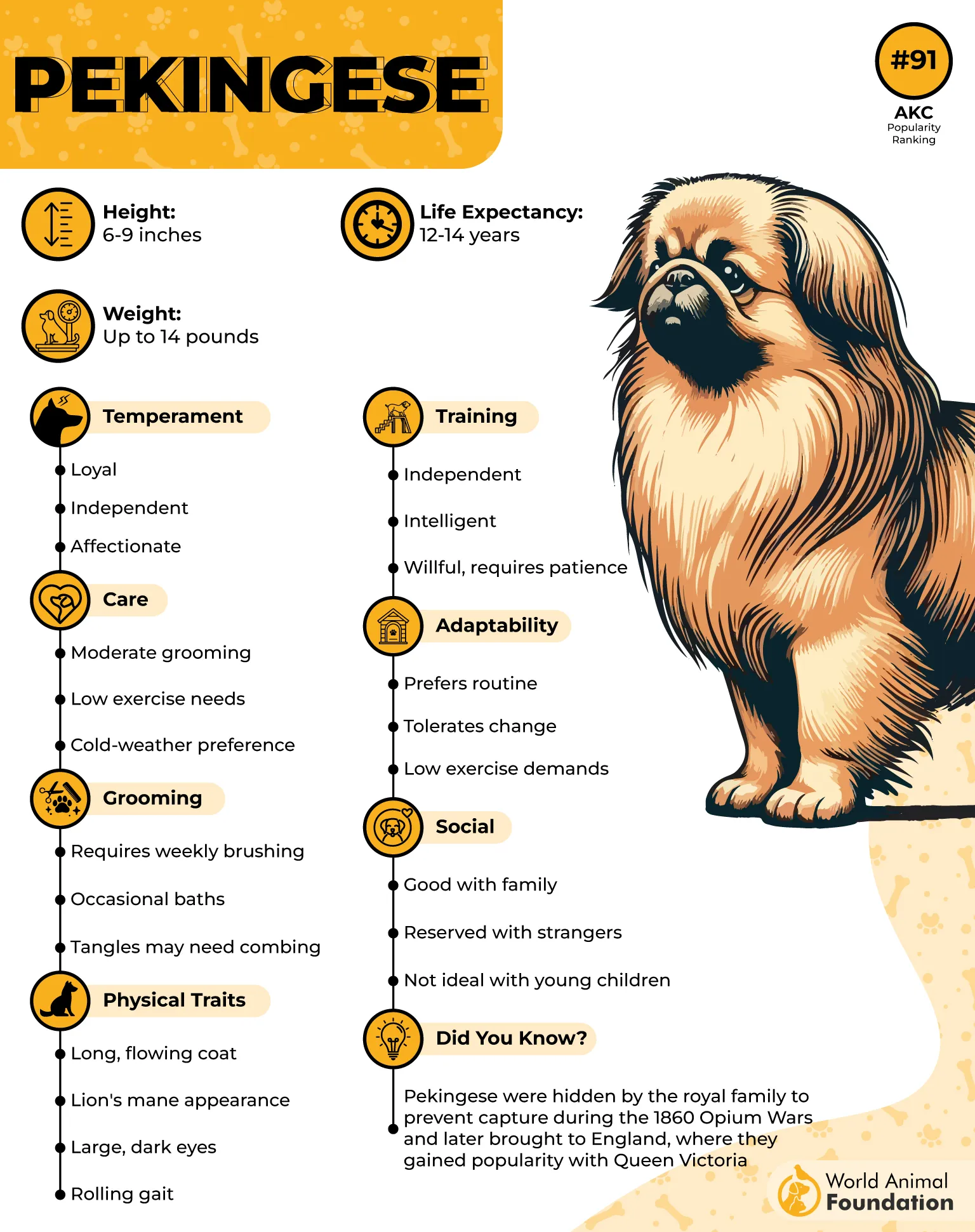
This breed is also prone to digestive sensitivities and food allergies, which can make them even pickier. If a meal causes discomfort, a Pekingese may refuse it in the future, leading to further food avoidance. Owners should monitor for signs of food intolerance and stick to a consistent diet.
Frequent hand-feeding or offering multiple food options can reinforce their picky behavior. If Pekingese learn that refusing food leads to better choices, they will continue to manipulate their owners. A structured feeding routine without excessive treats helps establish better eating habits.
To manage their fussiness, it’s important to offer high-quality, palatable food, maintain a consistent meal schedule, and limit food changes. If food refusal persists, a veterinary checkup can rule out any underlying health issues contributing to their selective eating.
5. Cocker Spaniel

Cocker Spaniels generally love food, but some can become picky eaters due to their sensitive stomachs. They are prone to food allergies and digestive issues, which can make them hesitant to eat foods that have previously caused discomfort.
Certain ingredients, such as grains, chicken, or artificial additives, can trigger sensitivities in Cocker Spaniels. If a food doesn’t agree with them, they may start refusing meals altogether, making feeding time a challenge.
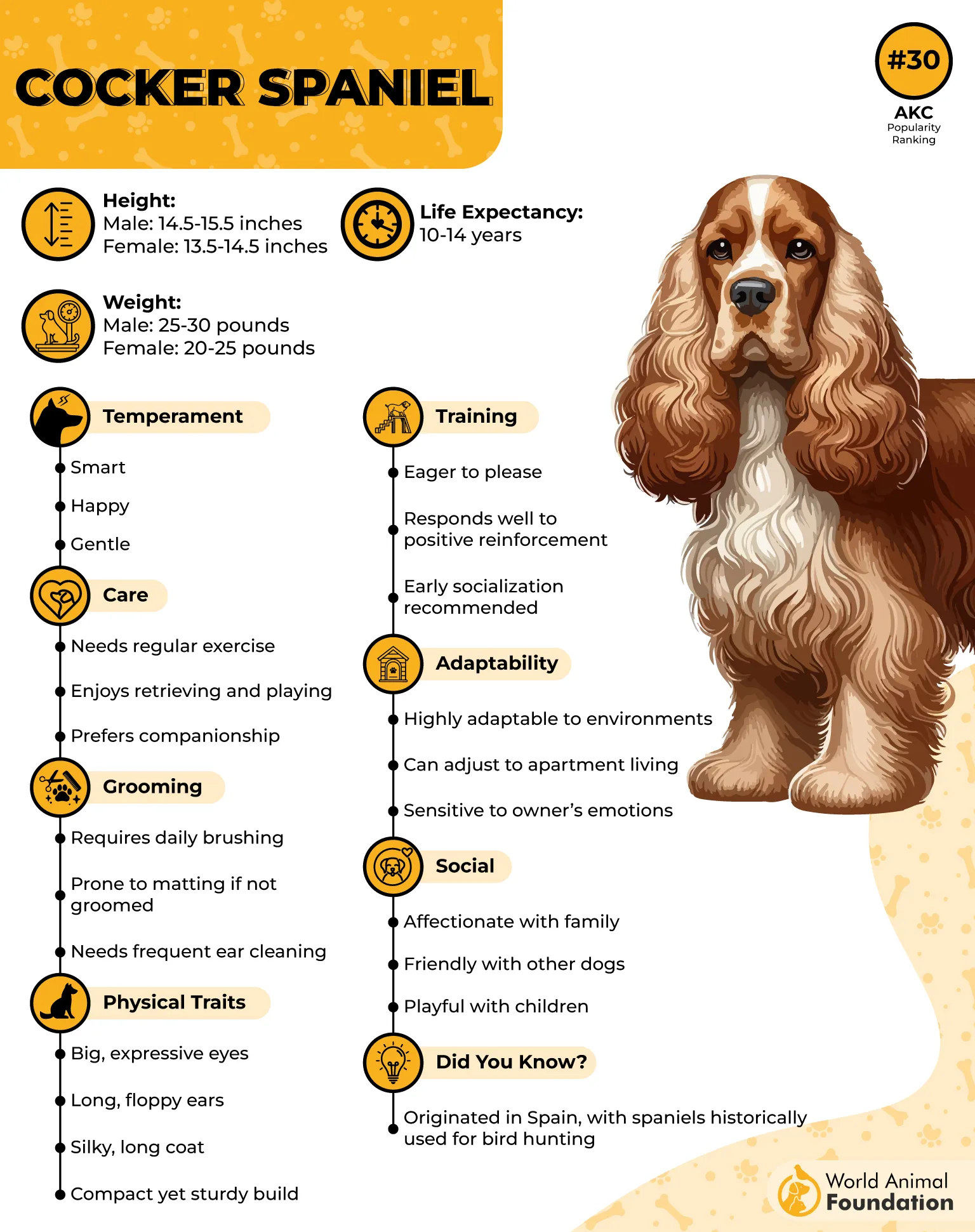
Their keen sense of smell also plays a role in their pickiness. If a meal doesn’t have an appealing scent, they may turn it down—even if it’s nutritionally balanced. Some prefer warm or freshly prepared food over dry kibble.
Frequent changes in diet can actually worsen their fussiness. Owners who constantly switch brands or flavors in search of the “perfect” food may unintentionally reinforce picky eating behaviors.
Cocker Spaniels do best on a consistent, high-quality diet that meets their nutritional needs. Finding a gentle formula that suits their digestion and sticking to it can help prevent mealtime struggles.
6. Papillon

Hill’sPet states that the Papillons are small but energetic, and their tiny stomachs mean they naturally eat less than other breeds. Because of this, they may seem picky when they’re simply not as hungry as larger dogs. Their high metabolism allows them to stay active on smaller amounts of food, often making owners believe they are refusing meals when they’ve actually had enough.
Many Papillons prefer soft or fresh food over dry kibble. Some refuse meals unless mixed with wet food, broth, or fresh ingredients. Their small jaws and delicate teeth can also make hard kibble uncomfortable, leading them to favor softer textures that are easier to chew and digest.
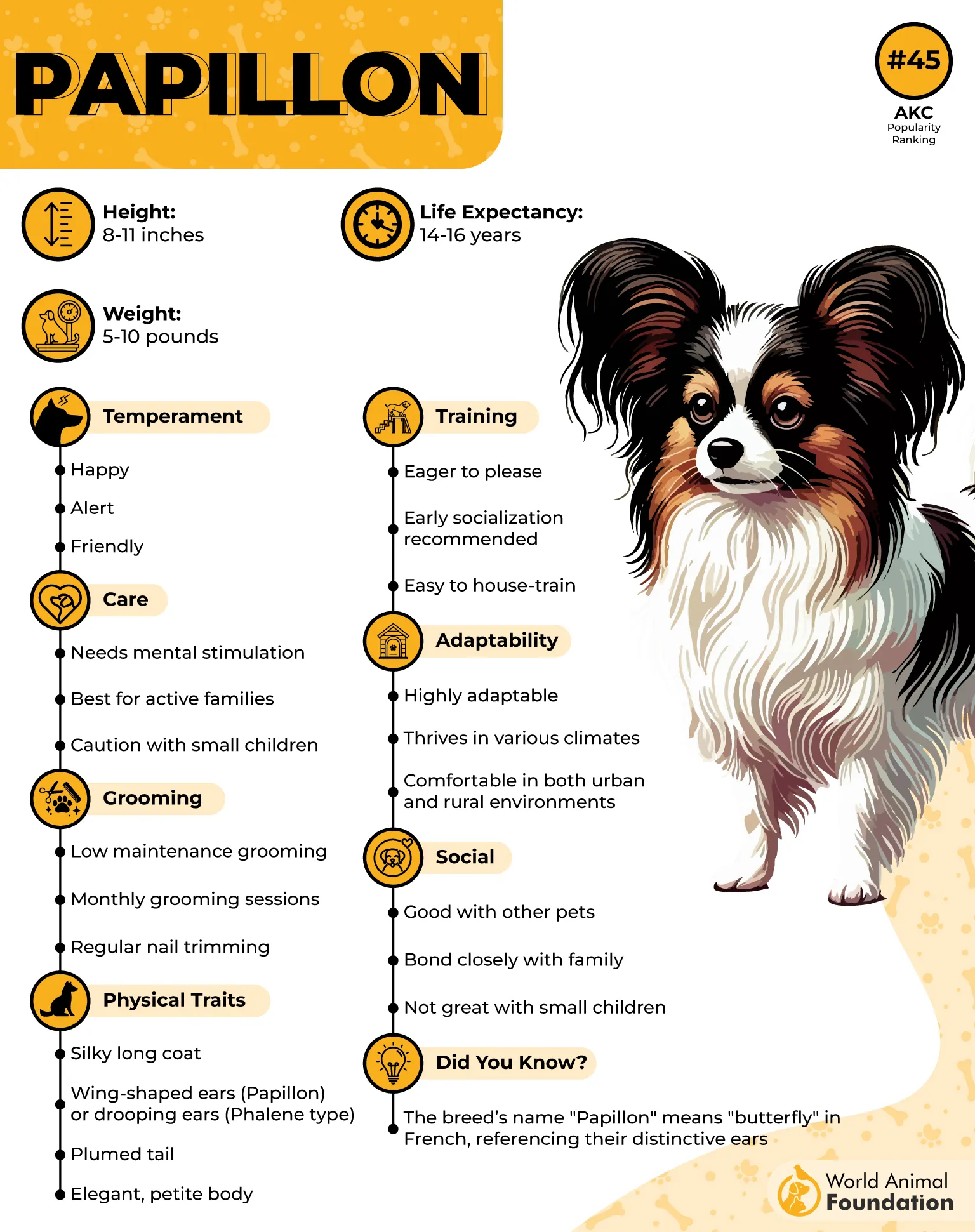
These dogs are highly intelligent and quickly learn how to manipulate their owners into offering tastier food options. If refusing meals results in hand-feeding or extra treats, they will repeat the behavior, reinforcing their pickiness. Owners who constantly switch food choices to satisfy their dog’s preferences may unknowingly encourage fussiness.

A consistent feeding schedule is key to preventing food refusal. Owners should avoid frequent diet changes or excessive treats, as this makes dogs expect something different every time they eat. Sticking to a routine helps Papillons adjust to their meals and develop regular eating habits.
Portion control is also important, as overfeeding can lead to disinterest in meals. A well-balanced diet with proper timing keeps Papillons engaged with their food while ensuring they receive the necessary nutrients without becoming spoiled or selective eaters.
7. Chihuahua

Chihuahuas are notoriously picky eaters, often rejecting food that doesn’t meet their preferences. Their tiny stomachs and slow metabolism mean they require small but nutrient-dense meals. Chihuahuas may nibble at their food throughout the day, making it seem like they aren’t eating enough.
One major challenge with feeding Chihuahuas is texture preference. Some prefer soft food, while others only eat crunchy kibble. If their food doesn’t match their preferred texture, they may refuse it entirely.
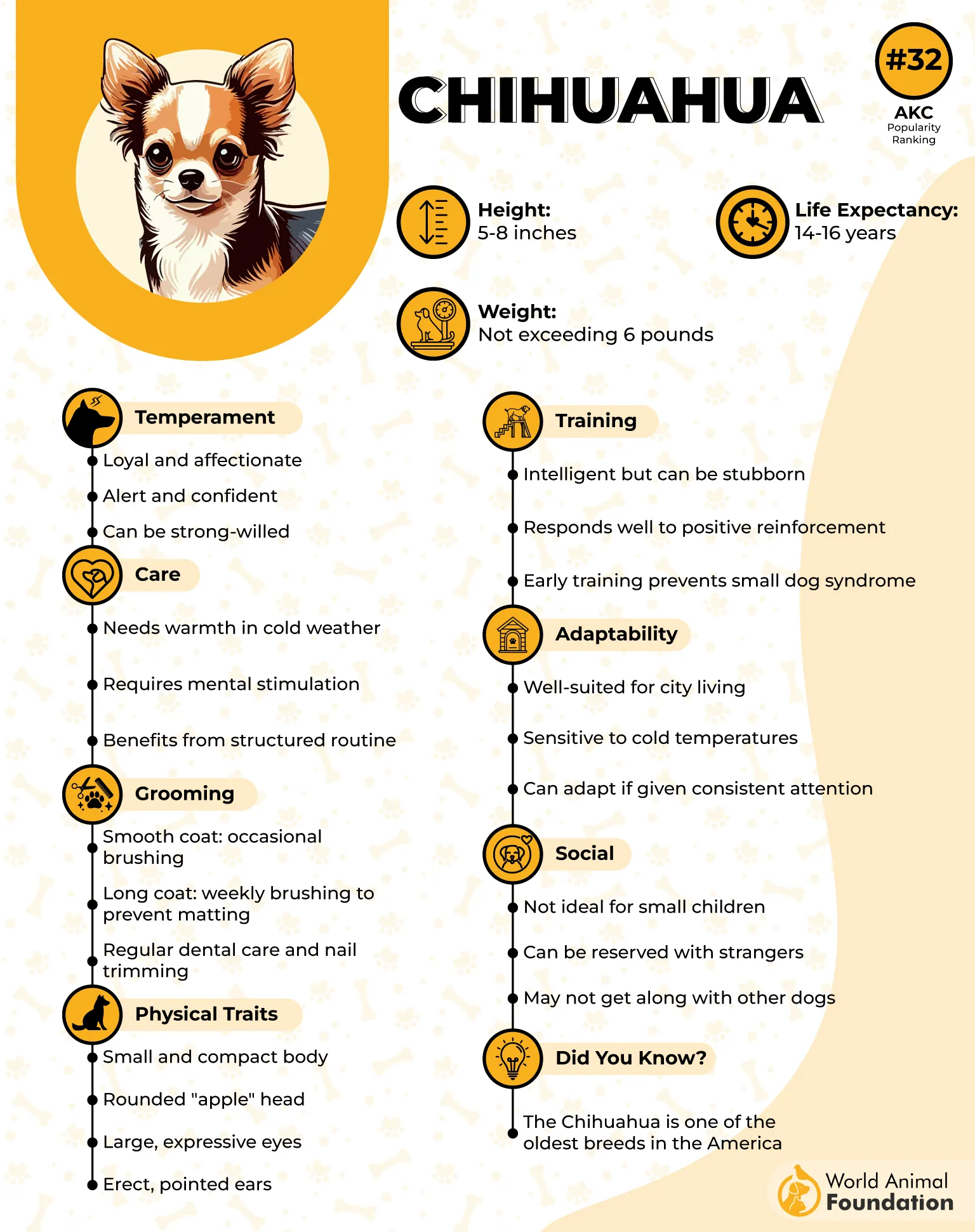
Their independent nature makes mealtime tricky. If they aren’t interested in eating or feel distracted, they may simply walk away from their food bowl, frustrating their owners. Chihuahuas take their time and won’t eat unless they feel comfortable and engaged.
To prevent picky eating, Chihuahuas need a structured feeding routine. Allowing them to “free-feed” or constantly changing their meals can make them even more selective. Consistency in food choices and meal timing helps develop better eating habits and reduces mealtime struggles.

Keeping portion sizes small but nutritionally complete while sticking to high-quality, balanced food ensures they maintain a healthy and consistent eating pattern. Owners who stay patient and avoid excessive food changes will have an easier time managing their Chihuahua’s selective eating behavior.
Conclusion
Managing a fussy eater can be frustrating, especially when a dog constantly refuses its meals or prefers dog treats over regular food. While some other dogs, like Cavalier King Charles Spaniels, have hearty appetites, others develop picky eating habits that challenge mealtime. Picky eaters may leave food untouched if it doesn’t meet their expectations.
A dog’s eating habits are influenced by many factors, including their dog food, texture preference, and past experiences with human food. Some small breeds, like Papillons and Chihuahuas, tend to have a naturally low dog’s appetite, which can make them seem even pickier. However, constantly changing a dog’s diet to please them can encourage even more selective eating.
To help a dog eat regularly, owners should avoid overfeeding treats, maintain a structured meal schedule, and ensure their pet is getting a balanced, nutritious diet. While occasional fussiness is normal, a sudden refusal to eat could signal a health concern that requires veterinary attention.
Ultimately, understanding the reasons behind picky eating habits and staying consistent with feeding routines can help even the most selective dogs develop better eating habits over time.


